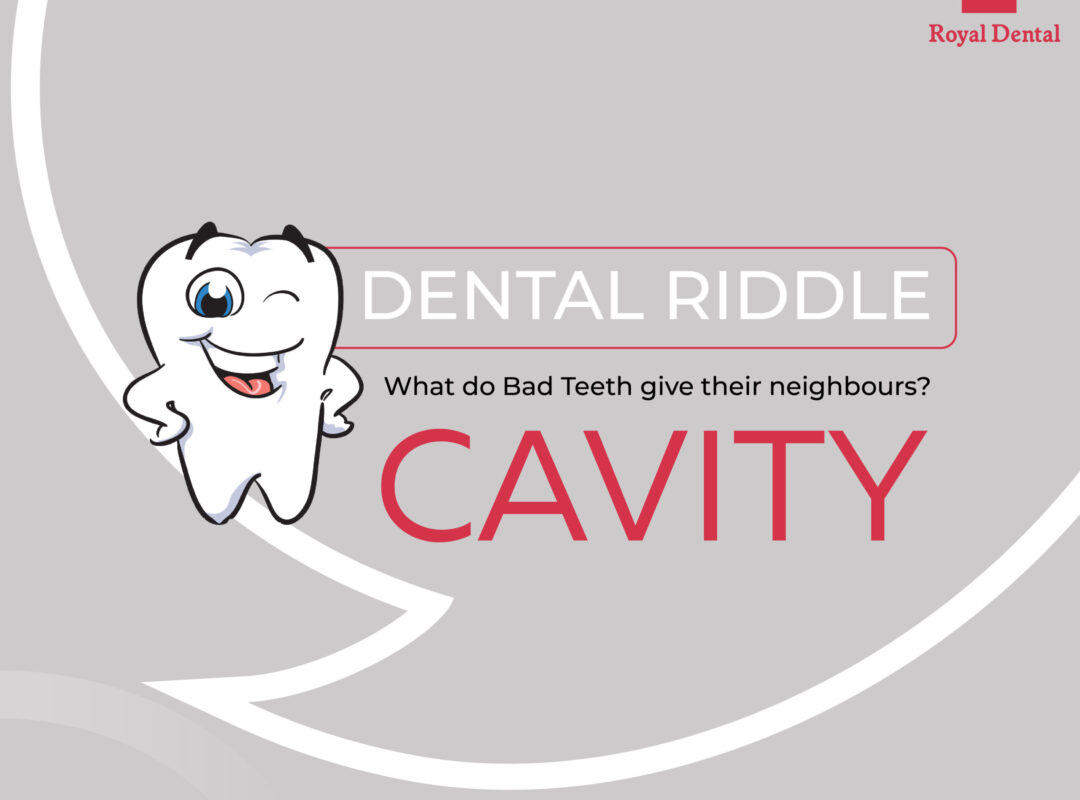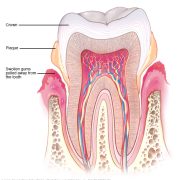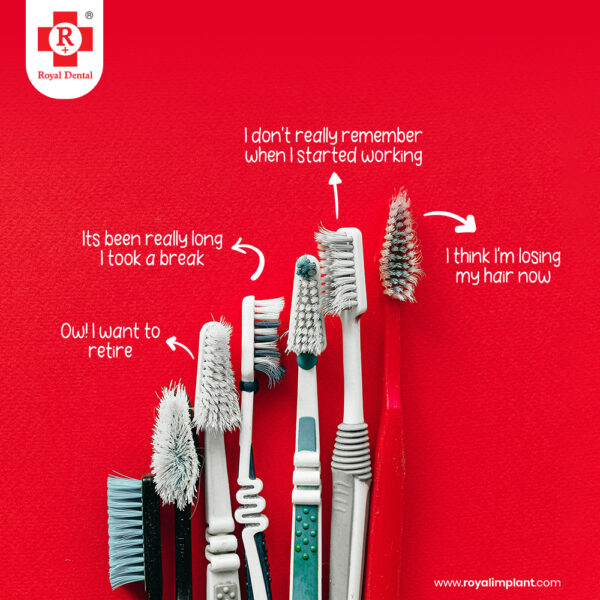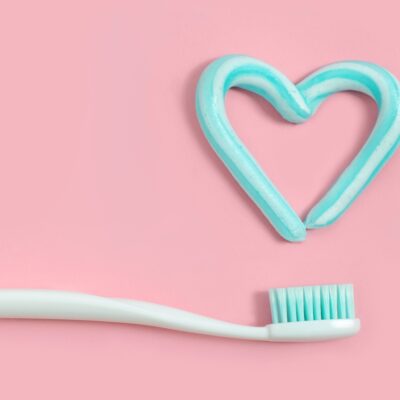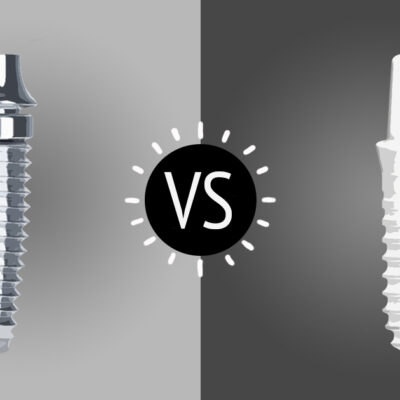Yes, dentists use dental probes to find cavities. In fact, there are two different types of probes that your dentist might use in an exam: a periodontal probe and a gingival probe. Both are used for slightly different reasons but achieve the same end result – helping your dentist identify any potential areas of concern. Read on to learn more about what these probing instruments look like, how they’re used by dentists, and if you can buy one to use at home on yourself.
What is a dental probing instrument?
Dental probes are small and so slim instruments that dentists use during an exam to determine your risk of cavities. There are two different types of dental probes: a periodontal probe and a gingival probe. These probes are used to gently measure the amount of gum and tooth loss in a patient’s mouth to determine whether any areas are at risk for tooth decay. In addition to their use in dental exams, dental probes can also be used by a dentist to remove plaque from your teeth and gums.
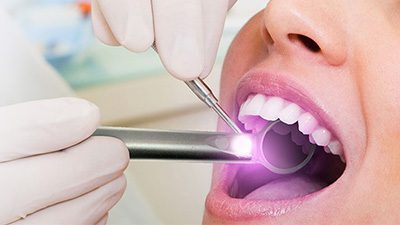
When a dentist is using a dental probe. It’s important to remember that the probe isn’t actually inserting into your mouth. Rather, the dentist is using the probe to feel for soft, sensitive areas in your mouth. If the doctor feels a soft spot in the mouth, it could mean that an area of the tooth has become decayed and has begun to break down. The dentist will then take a closer look at that spot so its see if there is any indication of an infection. If there is, the dentist will likely remove a small amount of that decayed tooth to help stop the infection from spreading.
How does a dental probing instrument work?
The purpose of the dental probe is to gently probe your gums and teeth. When in use, the probe is placed against the inside of your teeth and gums to feel for soft areas. If the probe comes in contact with an area that feels soft. This could be a sign of gum disease or tooth decay.
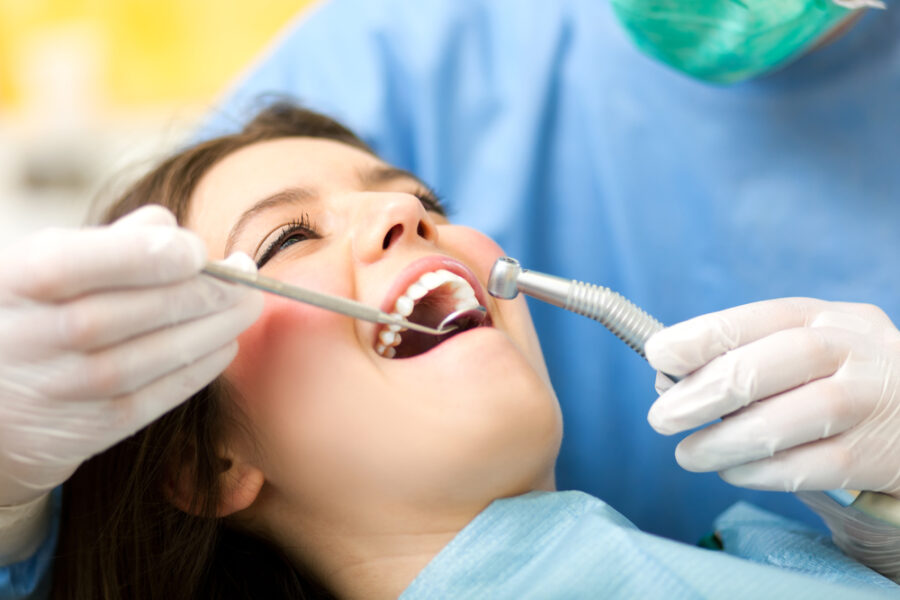
Here’s what happens: When you place the dental probe in your mouth. The pressure from the probe’s tip will cause your gums and teeth to slightly collapse. The pressure from the probe will open up any potential pockets in your gums, revealing any signs of disease or decay. There is likely a pocket in your gums that requires treatment.
A brief history of dental probes
The first dental probes date back to the 16th century when Spanish explorers discovered. Native Americans using a carved stick to probe the teeth of their patients to determine their risk of cavities. The use of tooth probes has evolved ever since but still remains. One of the most important tools in a dentist’s toolbox.
The gingival dental probe, the most commonly used probe today, was developed in the 1950s by Dr. Siegfried Epplen, a German dentist. His original design included a wooden handle with a stainless steel spine and a brass tip.
Types of dental probes
There are two main types of dental probes – periodontal probes and gingival probes. Each probe can be used to detect tooth decay and gum disease. But the process is slightly different with each one. Depending on the severity of the pocket, your dentist may recommend a professional cleaning or even minor gum surgery.
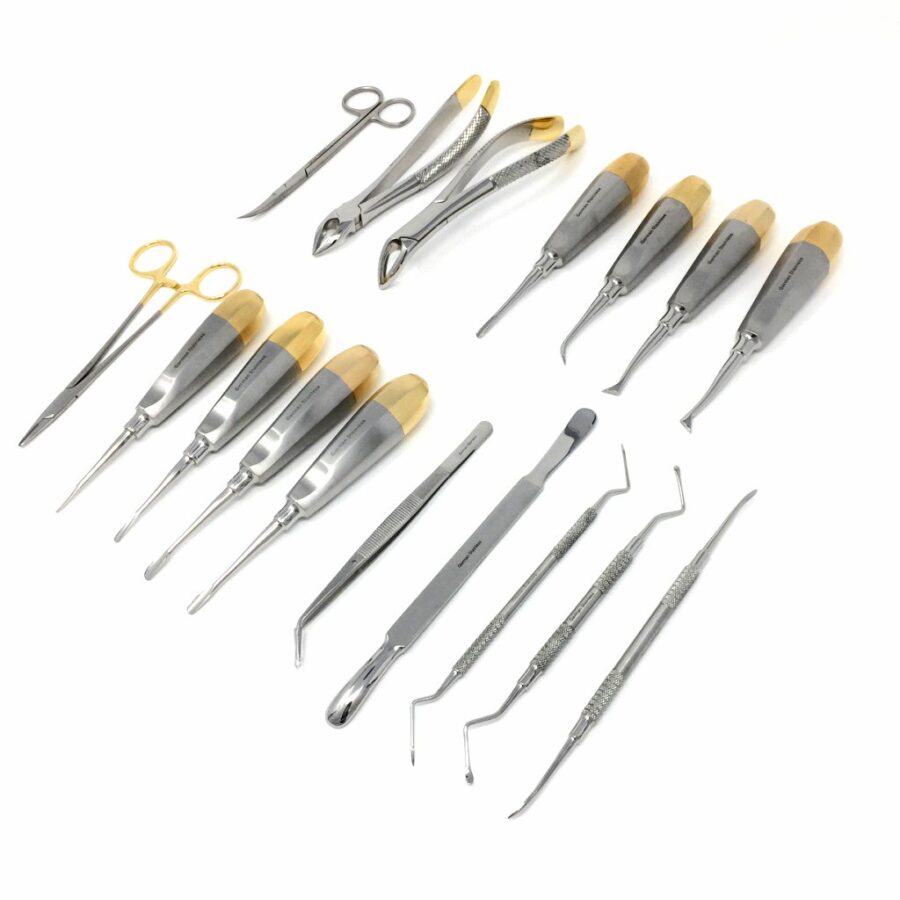
Since gingivitis is the precursor to periodontal disease. Many dentists now use a periodontal probe in place of a gingival probe. If the probe comes in contact with an area that feels soft. This could be a sign of gum disease or tooth decay. Gingival probing is often used in combination with other procedures like probing and bleeding to assess pocket depths and tooth surface loss.
How are cavities detected by probing?
As we mentioned above, the dentist will gently place the dental probe against your teeth and gums to feel for any soft areas. If the probe comes in contact with a soft area. It could mean that an area of the tooth has decayed and has begun to break down. The dentist feels a soft area in a tooth, he or she will gently press the probe in to determine the depth of the soft area. If the dentist feels a hard surface beneath the soft area, it’s likely that the tooth has just begun to decay. If there is no hard surface, the dentist will likely remove a small amount of the decayed tooth to help stop the infection from spreading.
Conclusion
Dental probes are helpful instruments that can be used to detect tooth decay or gum disease in your mouth. There are two main types of dental probes. When a dentist is using a dental probe and it’s important to remember that the probe isn’t. Actually inserting into your mouth. Because of the dentist is using the probe to feel for soft, sensitive areas in your mouth. If the dentist feels a soft spot in the mouth, It could mean that an area of the tooth has become decayed and has begun to break down.

